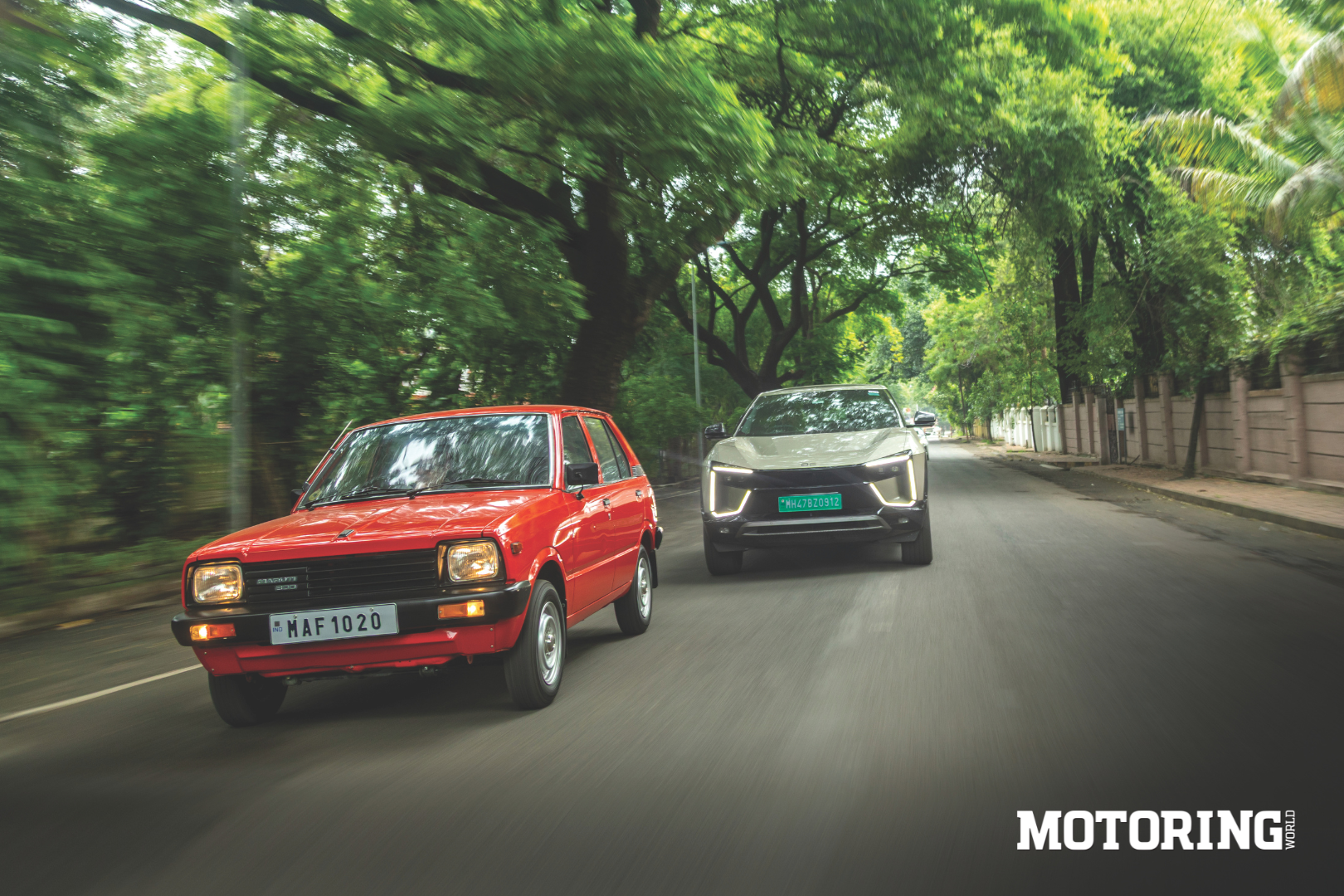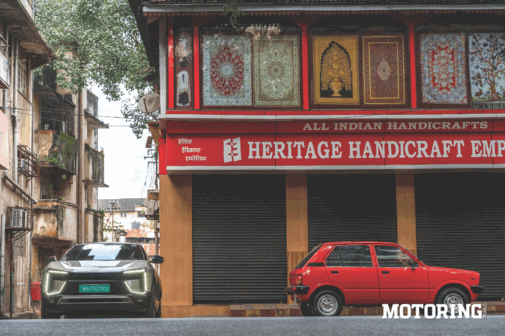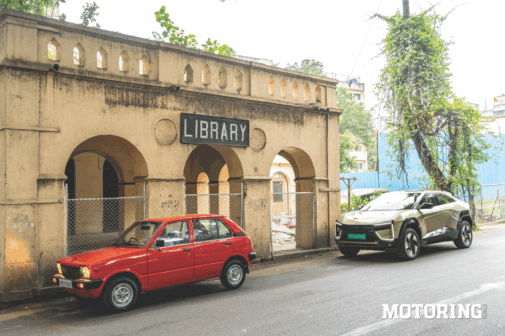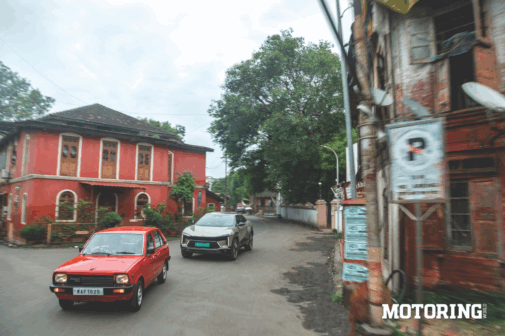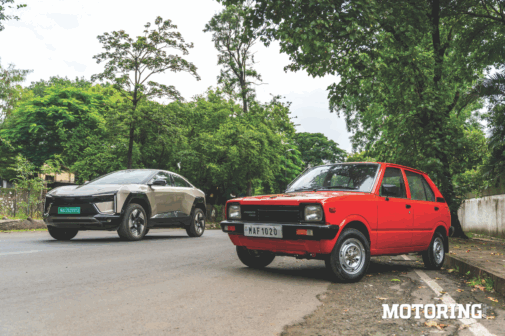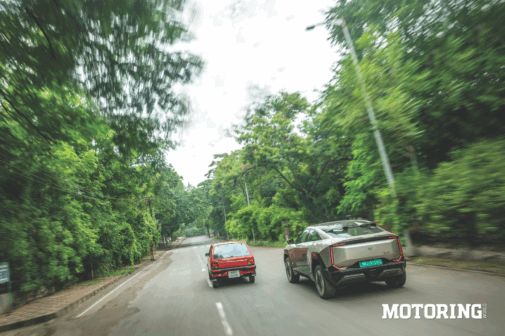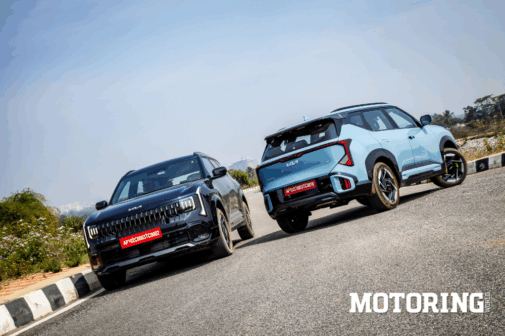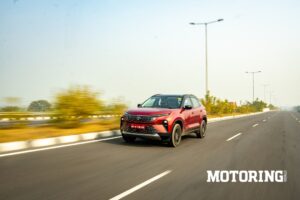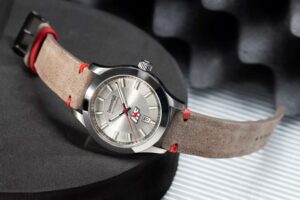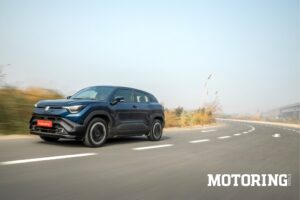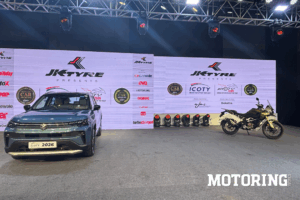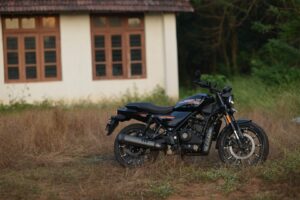I’ve never really been a classic car guy. I can respect them, but I don’t melt at the sight of chrome bumpers or wooden steering wheels. What I do appreciate, though, is the ingenuity that crank-started mobility in the first place. Think about it, the first cars in the late 1800s weren’t glamorous machines. They were noisy, unreliable, and in many cases, slower than the horse they were meant to replace. But they offered something no animal could — independence. No feeding, no stabling, no manure to shovel. Just crank it, curse at it, and if you were lucky, it moved.
That independence was addictive. Once people got a taste, ‘just getting there’ wasn’t enough anymore. The question quickly became, how far, how fast, and how comfortably? That appetite for more has shaped the car’s story ever since, from noisy contraptions cobbled together in backyards to today’s whisper-quiet EVs stuffed with screens. Through this story, I also had the opportunity to experience a slice of Indian automotive history — the Maruti 800. Why was this little hatchback such a big deal? Let’s rewind to 1973, when the government invited a handful of companies to design and build an affordable car for the masses. Nothing much happened until 1982, when Maruti teamed up with Suzuki.

And then, boom — in December 1983, the Maruti 800 (originally the SS80, based on the Suzuki Alto) rolled onto Indian roads. It was tiny, efficient, and about as bare-bones as a steel lunchbox, but it was accessible. For the first time, India’s middle class had a car they could realistically own. The SS80 wasn’t just a vehicle; it was freedom on four skinny wheels, dignity parked outside the house, and for many, the first spark of modernity.
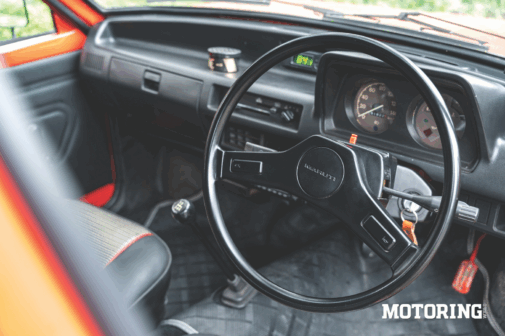
I wasn’t even born back then, but a quick chat with my grandparents gave me perspective. For them, the SS80 wasn’t just transport, it was aspiration. It was progress. My grandfather even dreamed of owning one, a testament to how deeply this little hatchback rewired India’s idea of mobility. But once that first step was taken, appetite only grew. The SS80 had given families like mine a taste, and soon the question shifted from owning a car to what more can a car give me? Air-conditioning, seatbelts, and cassette players — luxuries that once turned heads — soon became expected. As technology caught up, those extras became easier to incorporate.

Enough of the history lesson, let’s get to the fun part — me behind the wheel of the SS80. The night before the shoot, I barely slept. Perhaps it was the excitement of trying something new, or maybe just nerves about meeting Adil Jal Darukhanawala and his prized possession, a 1984 Maruti Suzuki SS80. Either way, I was wired. By 3 am, I’d read so much about the car that I probably knew more obscure SS80 trivia than I ever did about my own college syllabus.
And then, right on the dot at 6:00 am, on a sleepy Pune street, Darukhanawala pulled up in his SS80 and parked it next to the BE 6 I’d driven from Mumbai. The moment was surreal. Two cars, side by side, separated by 40 years of progress. For a second, I just stared, trying to process what I was looking at.
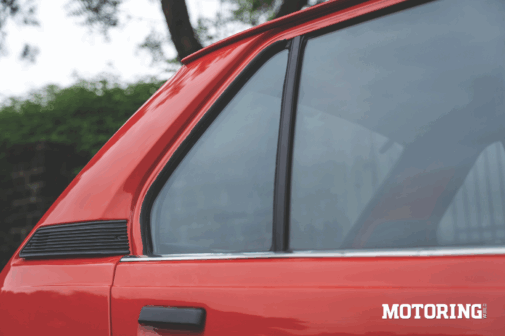
The SS80 was honesty on wheels and mobility in its simplest form. The BE 6, on the other hand, looked like a spaceship. Giant touchscreens glowing like launch consoles, a 16-speaker sound system, 19-inch alloys, and a panoramic glass roof. It wasn’t just packed with features, it was practically bragging about them. Seeing the two together felt less like comparing cars and more like flipping through India’s entire automotive timeline in a single glance.
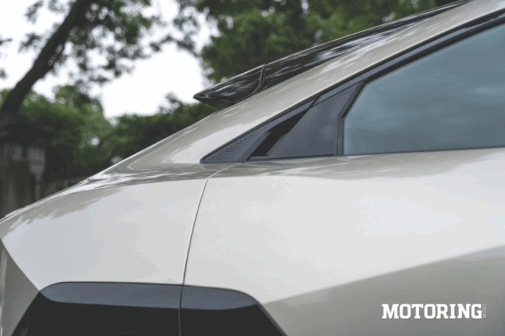
Before I could sink too deep into this time-travel moment, Ruman nudged me to point out something hilarious — the twin peaks logo on other non-EV Mahindras looked uncannily like the original Maruti Suzuki badge. We stood there for a while, chuckling. Decades of revolutions, upgrades, and brand new identities, yet here we were — logos still playing copycat.
Then came the real deal — getting behind the wheel of the painstakingly restored SS80. For context, it’s the oldest car I’ve ever driven. And honestly, the rawness of it hooked me immediately. The unmistakable whiff of petrol as the little 769cc 37 bhp engine coughed to life, the heavy steering that doubled as an upper body workout, the delicate balancing act between clutch and accelerator every time I pulled away. No power assists, no electronics, no filters. Just me, a machine, and the occasional prayer. Every video and review I’d seen about ‘the purity of classics’ suddenly stopped sounding pretentious and started sounding accurate.
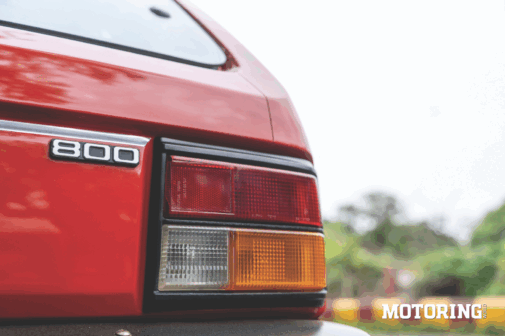
Then I hopped into the BE 6, and it was like stepping into the future. The silence hit me first. I actually needed a few seconds to realise the car was even on. After the SS80’s gruff charm, the BE 6 felt like driving on a cloud. Steering so light it practically turned itself, torque so instant it shoved me back into the seat, and constant bings and bongs from its safety systems warning me about anything that dared cross its path. At one point, it felt less like a car and more like an overprotective parent.

Here’s the irony, though — after weeks of driving one EV after another, if you asked me to describe what makes each of them different, I’d struggle. They’re brilliant, no doubt — fast, silent and stuffed with tech. But that sameness is hard to ignore. Our pursuit of perfection has yielded near-flawless (?) machines. Yet, somewhere in that quest, we’ve lost the quirks, the flaws, and the little imperfections that gave cars their unique personalities.
On a side note, here’s the funniest takeaway from this whole thing. When I first showed the BE 6 to my grandfather, he couldn’t care less. Touchscreens, performance, and a panoramic glass roof — all of it was just too much for him to bother with. In his words, ‘Why does a car need to do everything except make tea?’ But the moment I told him I’d driven the SS80, his eyes lit up. Suddenly, he was the one asking me a million questions — how it felt, how it sounded, how hard it was to drive, if at all. And for the first time, I realised that in some small way, I’d managed to tick off a dream he’d carried for decades, not by owning the car, but by driving it.
From this entire experience, all I could think about was when to finally say, ‘This is enough?’ Although the BE 6 may seem futuristic today, give it 20 years, and people will look at it the same way we now look at the SS80. That’s just how the story goes. Every new generation raises the bar, and eventually, it gets outpaced by the next. But here’s the thing — cars back then had quirks, little imperfections that gave them a kind of charm you could feel every time you turned the key. That raw, mechanical character is slowly slipping away, buried under all the tech and polish. Today’s cars are amazing, no doubt, but sometimes they risk feeling just a little too perfect.
And that’s why driving the SS80 felt so refreshing. It reminded me that, beneath all the touchscreens and torque figures, what really makes a car special isn’t how advanced it is — it’s how it makes you feel.
We thank Adil Jal Darukhanawala for lending us his beloved 1984 Maruti Suzuki SS80 for this story.





